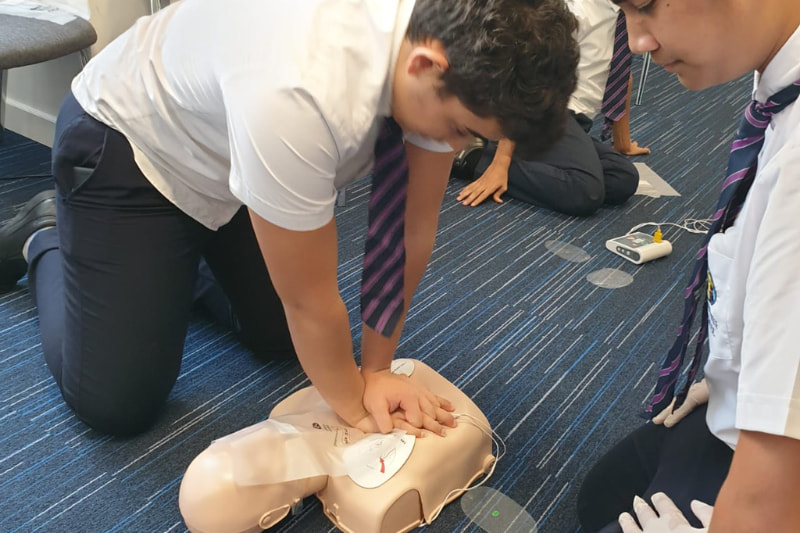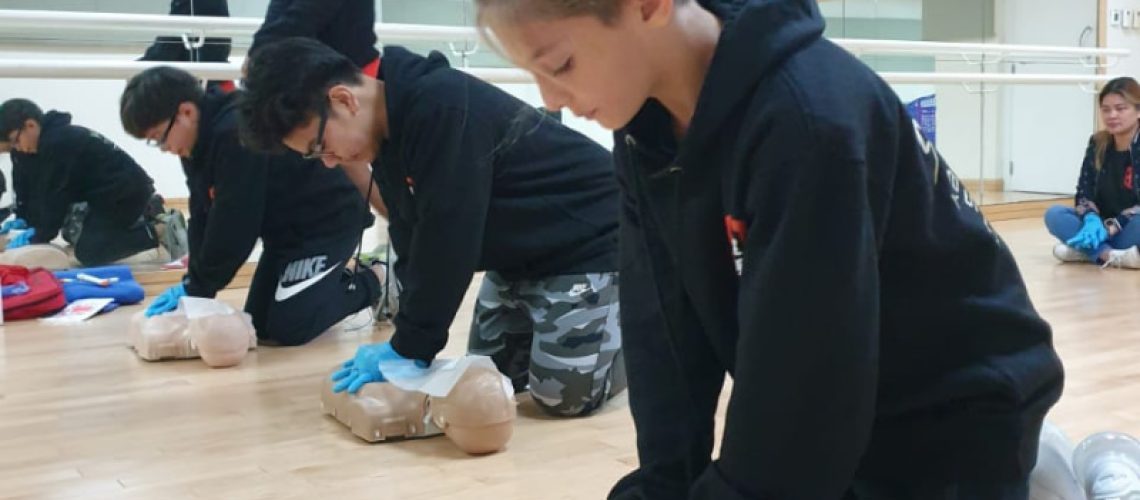The future is filled with unexpected challenges. As educators and parents, we aim to equip the next generation with the necessary tools to navigate these challenges. A crucial yet often overlooked tool in many curriculums is first aid training. Beyond its immediate practical application, first aid training for students imparts essential life skills. This training not only prepares them for emergencies but also sets them up for success in an unpredictable world. In this article, we’ll explore the many benefits of first aid training and how it empowers our children for a lifetime.
Instilling Confidence During Crisis
First aid training not only educates students about handling emergencies but also boosts their self-esteem by giving them the confidence to act swiftly and effectively. This knowledge is empowering, reinforcing the idea that their actions could potentially save lives. Additionally, by immersing students in simulated emergency scenarios, first aid training ensures they remain calm under pressure, enabling them to sidestep panic, think lucidly, and make informed decisions.
Developing Problem-Solving Skills
The nature of first aid revolves around quick assessments and prompt decision-making. Through training, students refine their critical thinking capabilities, learning to dissect problems and arrive at optimal solutions in real-time. Furthermore, as every emergency is unique, there are instances where textbook solutions might not apply. In such cases, students are encouraged to think outside the box, improvise with available resources, and stabilize situations — fostering a mindset of innovation that will serve them well in various aspects of life.

Cultivating Empathy and Teamwork
Administering first aid is not solely a mechanical process; it involves tapping into one’s empathetic side. By tending to the injured, students become more attuned to the emotional and physical pain of others, nurturing a sense of compassion and sensitivity. Emergencies also highlight the significance of teamwork. As students train, they grasp the essence of collaboration, from seeking assistance and coordinating care efforts to supporting the affected individual, underscoring the importance of communication and collective effort.
Broadening Career Horizons
Holding a first aid certification is more than just an additional skill — it’s a valuable asset that can enhance a student’s professional trajectory. It’s highly sought after in myriad fields, including sports coaching and event management, giving those considering such paths a discernible edge. Moreover, exposure to first aid might ignite a passion for the broader medical realm. By delving into the basics of human physiology and care, students might find themselves drawn to various healthcare professions, expanding their career prospects.
Building a Safer Community
A community’s safety quotient is invariably elevated when its members are first aid trained. Such individuals possess a heightened safety awareness, allowing them to pinpoint and mitigate potential hazards, thereby reducing injury risks within their communities. Furthermore, a community brimming with first-aid-trained individuals is inherently more resilient in the face of emergencies. Students with these skills transition from being passive bystanders to active contributors, ensuring the well-being and preparedness of their community.
First Aid Training is an Investment in the Future
Introducing first aid training into our schools is about so much more than just teaching the basics of bandaging or CPR. For your child, it’s an opportunity to gain crucial life skills, develop a resilient character, and be prepared for life’s unexpected events. Remember, “It’s better to have skills and not need them, than to need them and not have them.” With first aid, your child won’t only learn potential life-saving techniques but will also grow in confidence, compassion, and competence, setting them up for a brighter, more prepared future.
Want to secure a brighter, safer tomorrow for your child? Enroll in Blueguard’s first aid training for students and equip them with skills for success inside and beyond the classroom.






